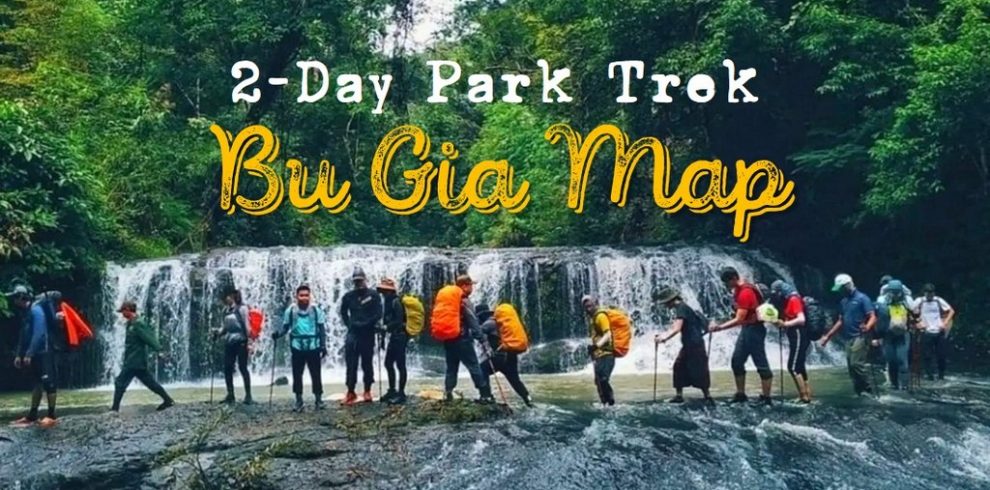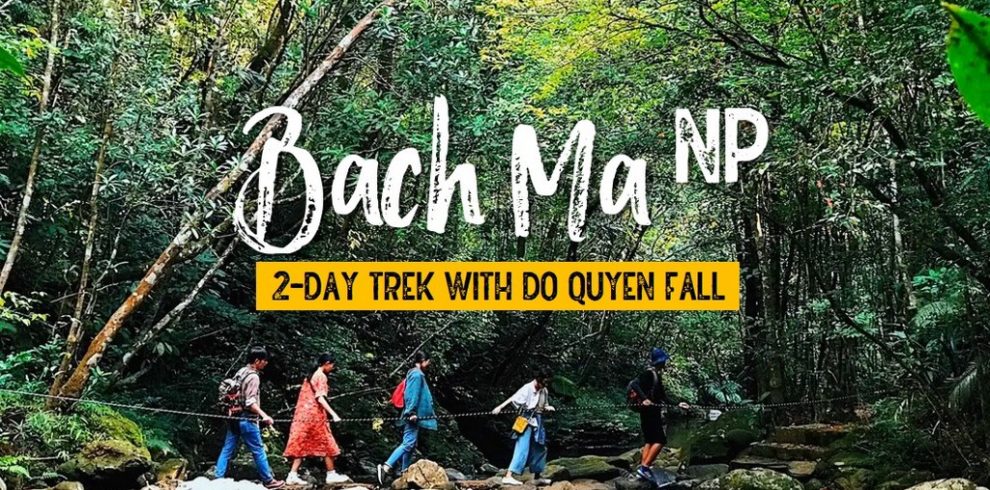-
Saigon
-
Round trip road transfer by private/share vehicle
-
Park visit, with trekking and tree hugging
-
Easy to moderate
-
Park lodge/Guest house
-
English, Vietnamese
-
Maximum 10 persons for best experience
Overview
Cat Tien National Park is the best place to reserve a tour if you’re interested in learning about minority ethnic customs, animal viewing, hiking, biking, or boat excursions.
It takes a couple hours to drive northeast of Ho Chi Minh City to reach Cat Tien National Park. UNESCO designated the park as the 411th biosphere reserve in 2001, making it one of Vietnam’s second biosphere reserves. Because it is spread over a total of 70,548 hectares spanning the provinces of Dong Nai, Lam Dong, and Binh Phuoc.
Large grasslands, streams, and uncommon animals and plants make up the natural ecosystem of Cat Tien National Park, which is also home to a diverse range of fauna and vegetation. Furthermore, it is possible to visit the traditions of many local groups, such as the Chau Ma and Stieng people, who reside within the National Park through motorcycling.
Highlights
- Visit the Bear Rescue Center
- Visit Cat Tien's iconic giant sprung tree
- Trek through the jungle to Bau Sau Crocodile Lake
- Overnight at the Park's headquarters




